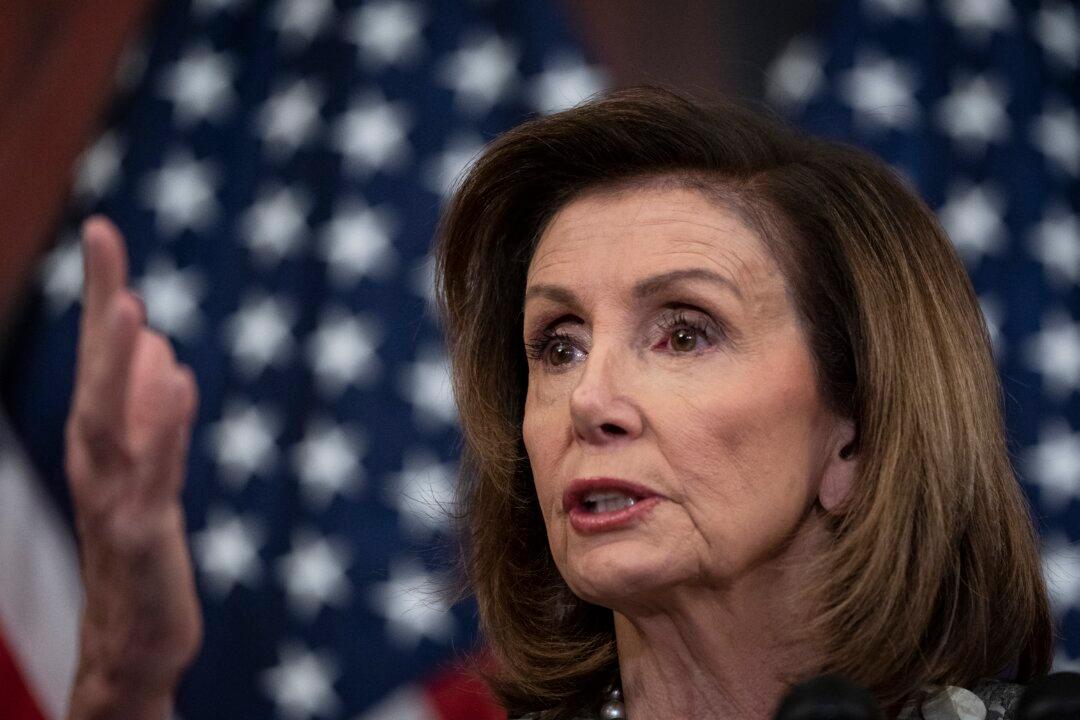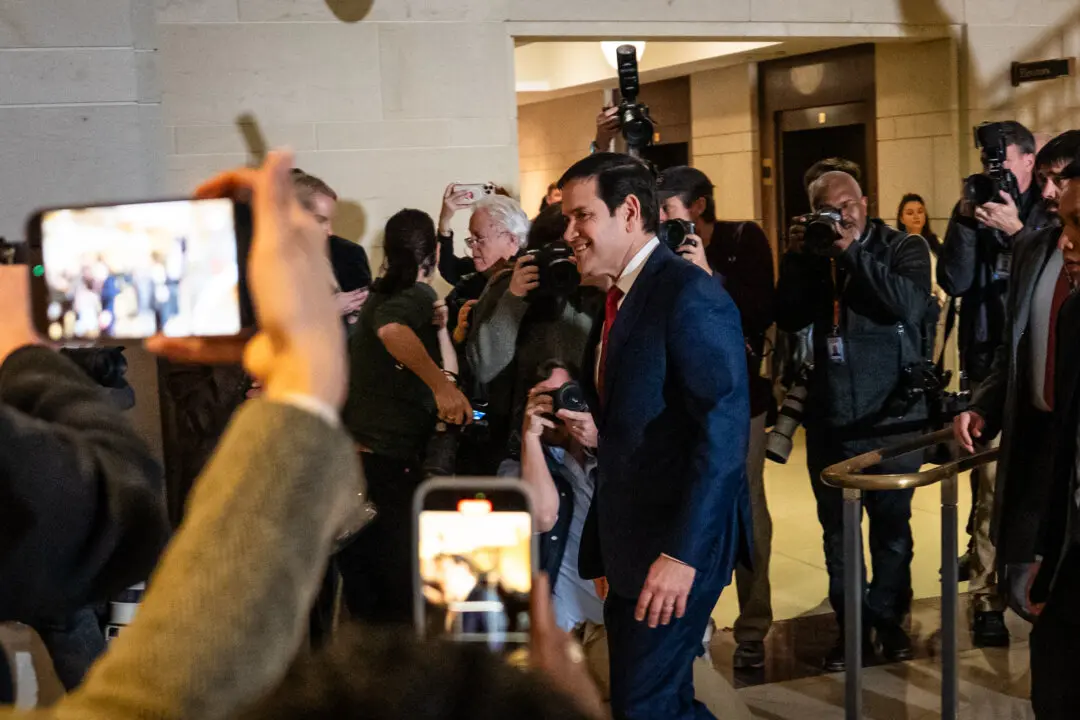The House approved the controversial COMPETES Act in a mostly party-line 222–210 vote on Feb 4.
The measure, nominally intended to increase U.S. competitiveness with China but loaded with other, less relevant, provisions, was unanimously opposed by all Republicans, with the support of Rep. Stephanie Murphy (D-Fla.), a House moderate who has often taken a position against her party.





